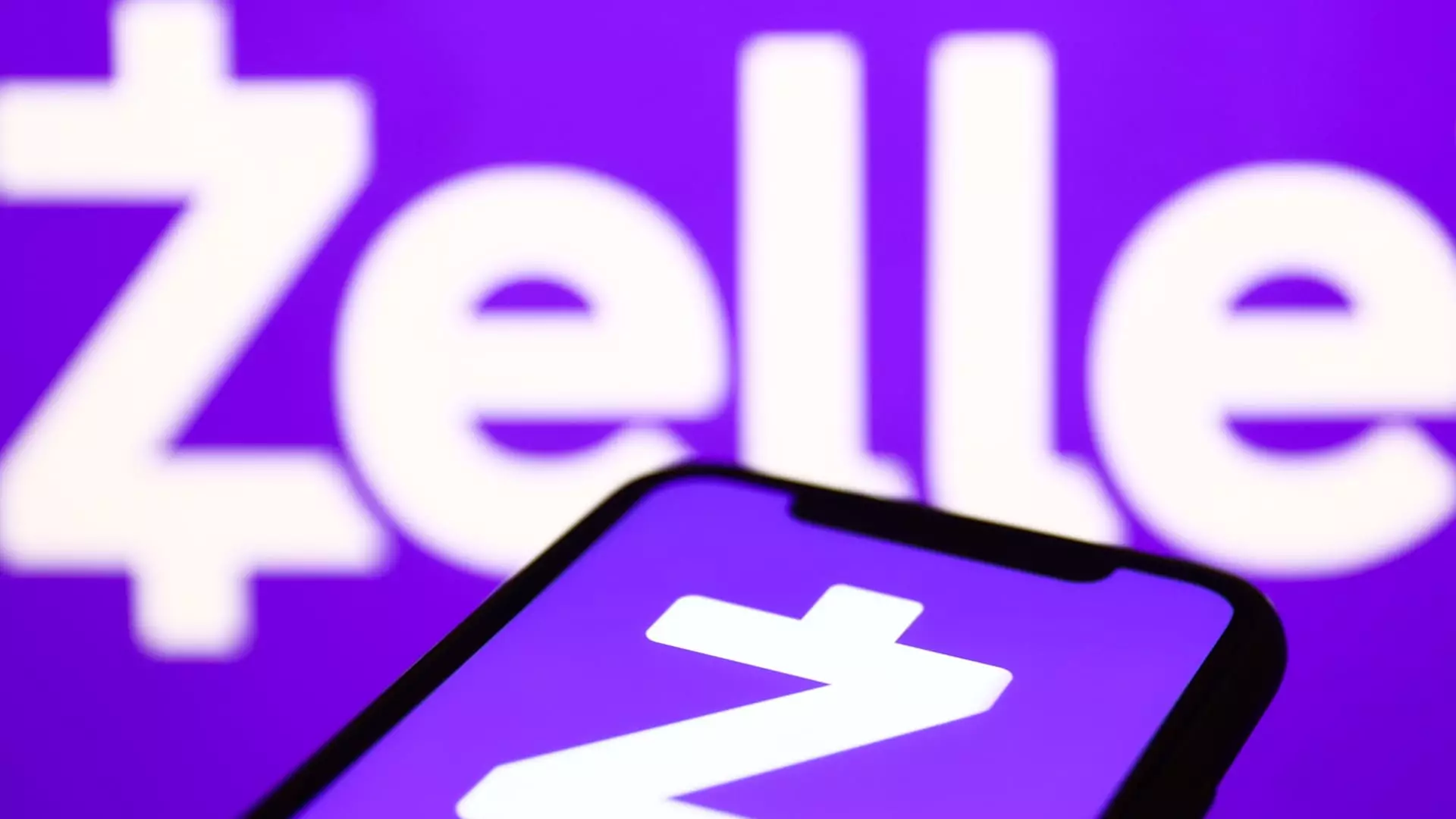In the landscape of peer-to-peer (P2P) payment networks, Zelle has established itself as a formidable player since its inception in 2017. The platform, managed by Early Warning Services (EWS)—a consortium of leading U.S. banks—has achieved a significant milestone by surpassing the monumental threshold of **$1 trillion in total payment volume** in just one year. This remarkable feat signals not only Zelle’s growing importance in digital transactions but also reflects a broader shift in consumer payment preferences, making it an essential topic for exploration and analysis.
Zelle reported a striking **12% growth** in its user base, reaching an impressive **151 million accounts** in 2024. Such a dramatic increase in users has naturally translated into soaring transaction volumes, which were up by an astonishing **27%** compared to the previous year. Denise Leonhard, Zelle’s general manager, highlighted that this unprecedented volume of payments positions Zelle as the leading network in P2P transactions for a single year, indicating a significant departure from conventional payment methods.
While platforms like PayPal continue to enjoy a robust user base, Zelle’s performance has proven that it can surpass prominent competitors, particularly as consumer preferences shift toward instantaneous transactions. PayPal reported over **$400 billion** in P2P payment volumes, yet Zelle’s rapid growth trajectory suggests that it is redefining the parameters of success in the digital payment sector.
One of Zelle’s distinctive advantages lies in its bank-backed model. The network is supported by **seven major U.S. banks**, including financial giants such as JPMorgan Chase and Bank of America. This backing not only offers a sense of security and trust among users but also facilitates instant money transfers directly within the banking apps of these institutions. This seamless integration makes it exceedingly advantageous for bank customers when compared to competing platforms that may require additional steps to complete transactions.
Furthermore, the ease of use for everyday purposes—be it paying a friend for dinner, handling rent payments, or compensating service providers like nannies—illustrates how embedded Zelle has become in the fabric of day-to-day financial interactions. Leonhard emphasized this growing trend, illustrating the platform’s acceptance among a wide demographic of users, including small business owners who are also leaning towards Zelle for their payment solutions.
However, Zelle’s ascent has not been devoid of challenges. The platform has faced scrutiny regarding its approach to handling fraud allegations, with claims that the network and associated banks have not effectively addressed concerns raised by users. In response, Zelle has initiated measures aimed at improving user protection, with assertions that a remarkable **99.95%** of transactions occur without fraudulent activity. Such proactive measures are essential not only for safeguarding its reputation but also for fostering user confidence in an increasingly digital economy.
As Zelle continues to evolve, the future looks promising for the platform, especially as consumer familiarity and trust in digital transactions grow. The remarkable uptake witnessed in both user accounts and transaction volumes signifies a pivotal moment in the transition towards cashless transactions. With ongoing refinements to its fraud detection efforts and ongoing engagement from its banking partners, Zelle is poised to maintain its upward trajectory as it further cements its status as a leader in the P2P payment space.

